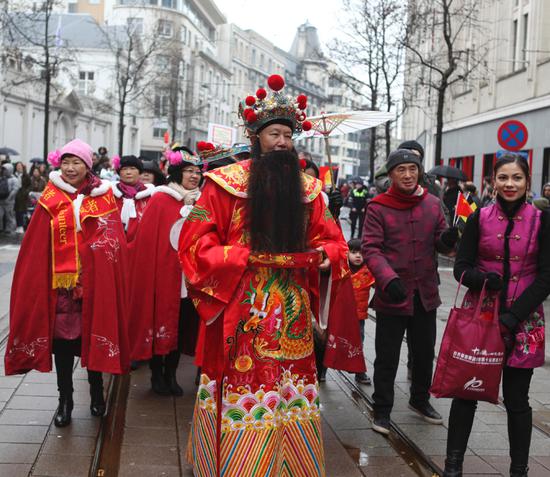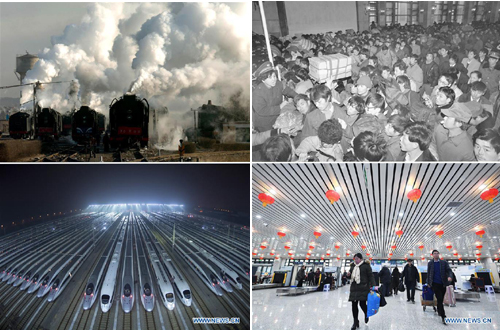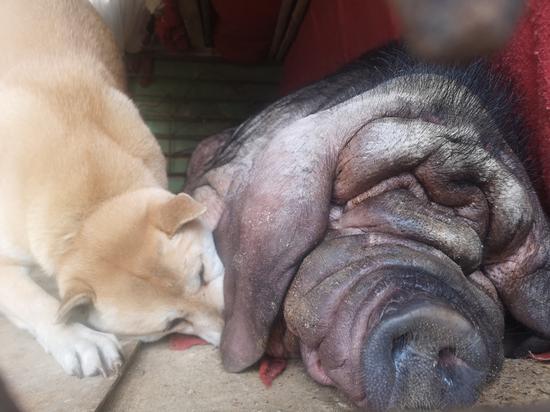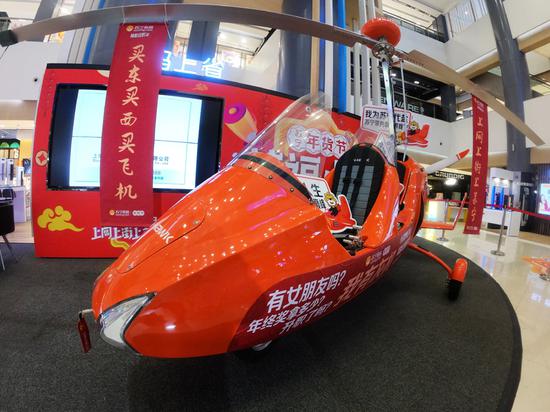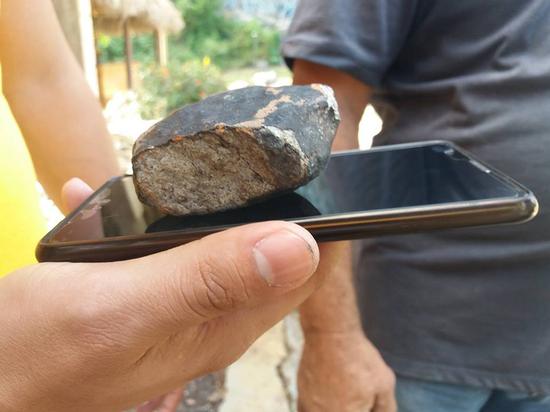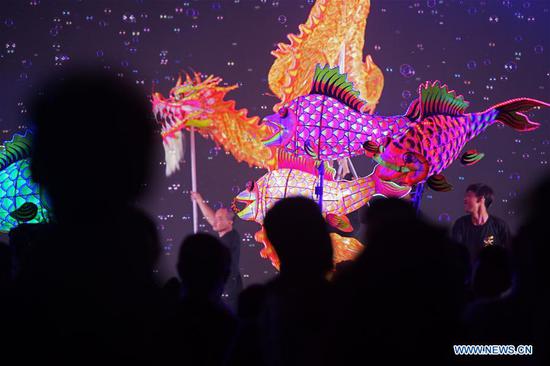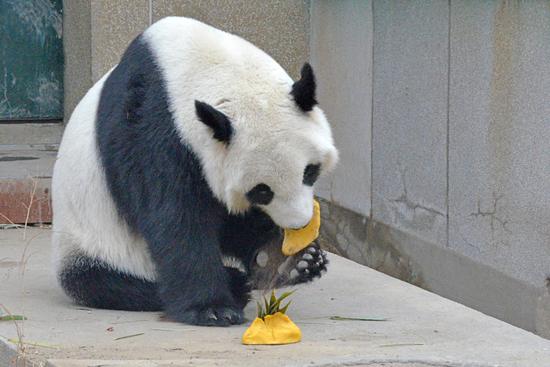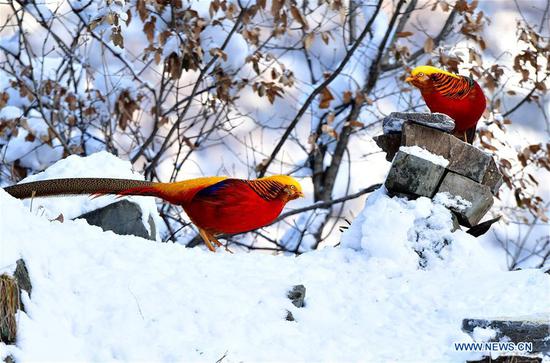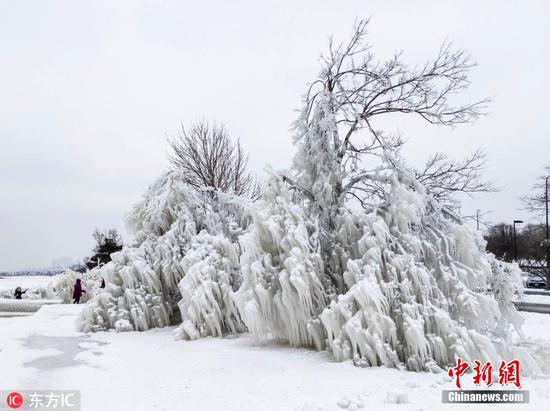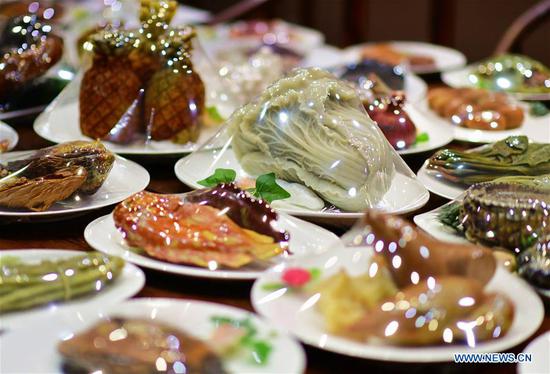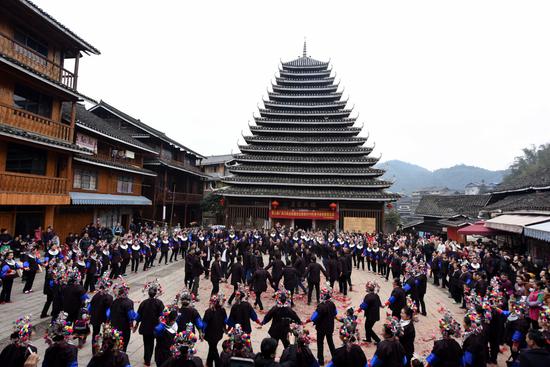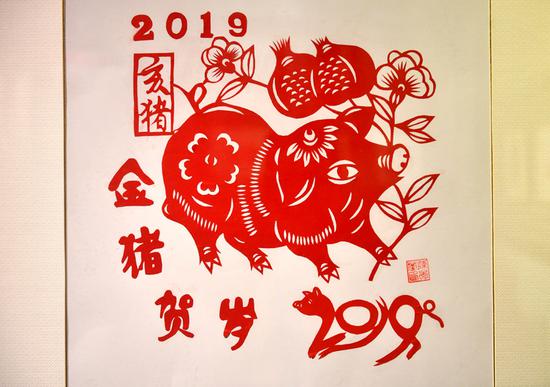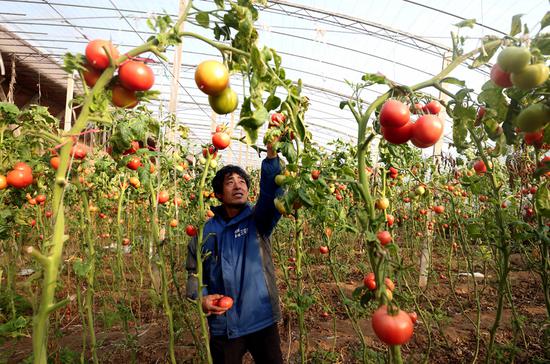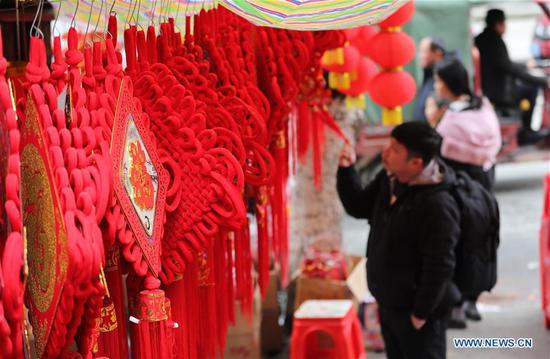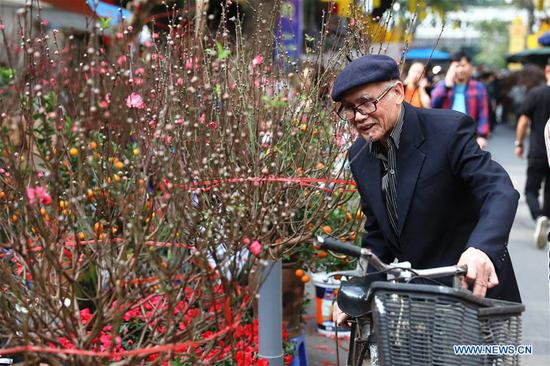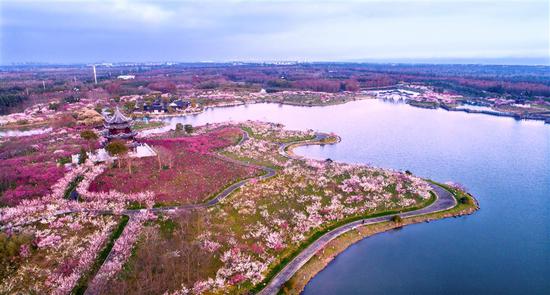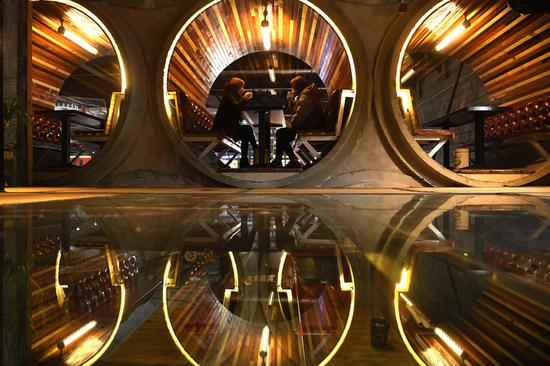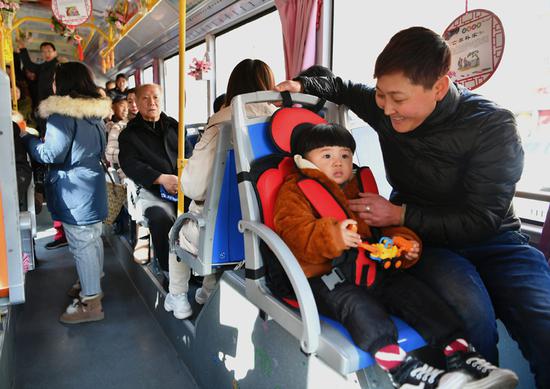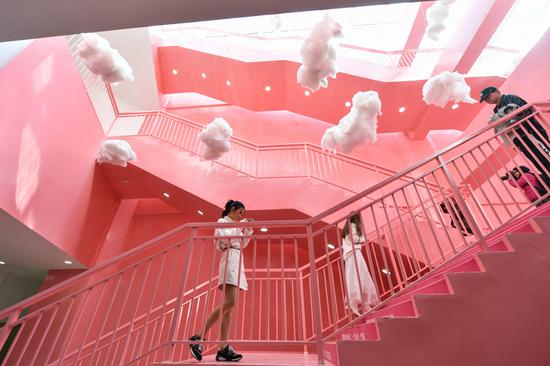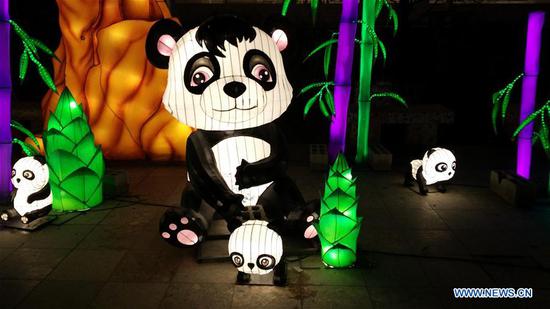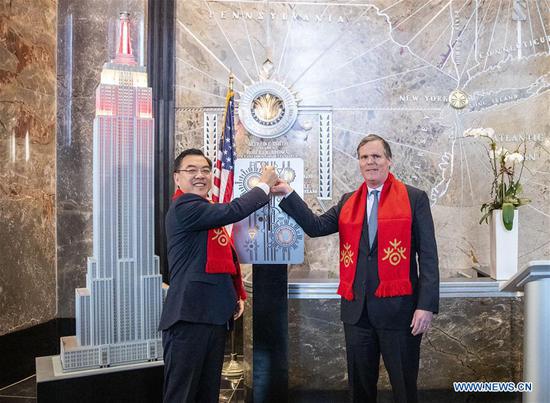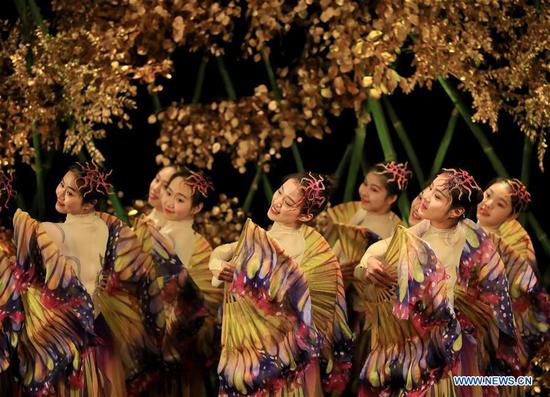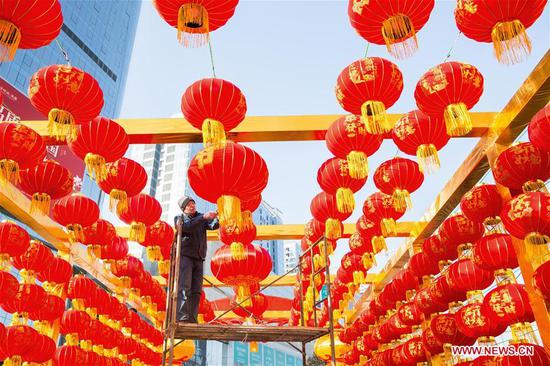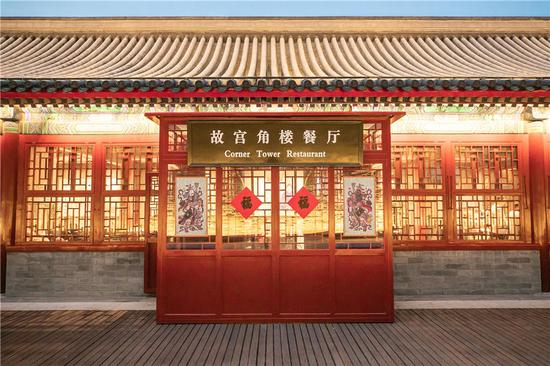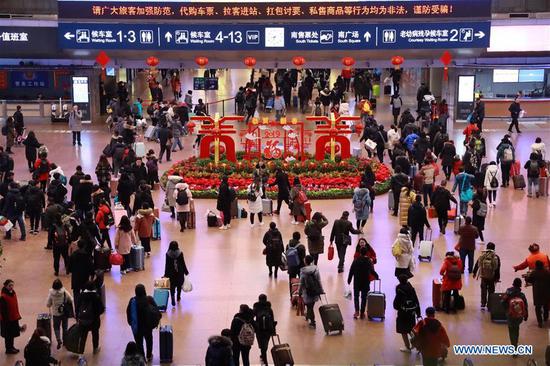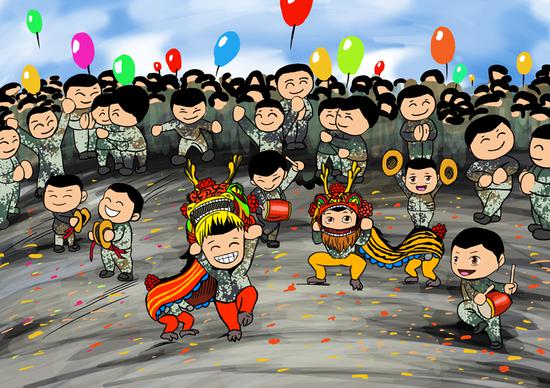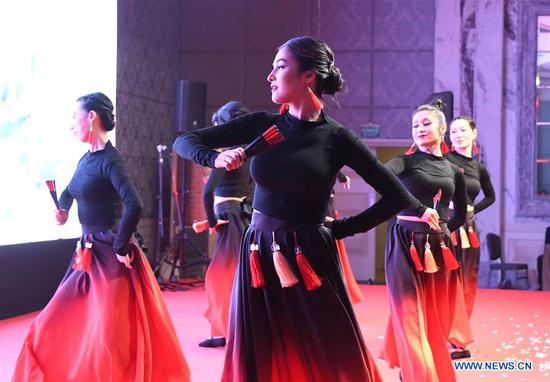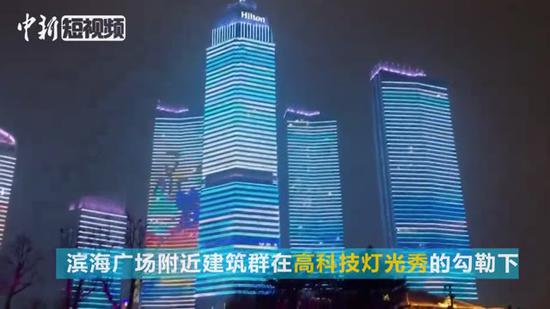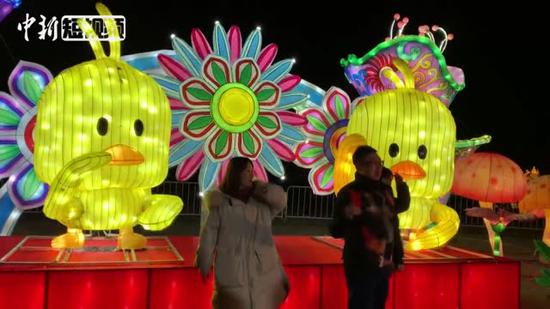Just beside Beijing's National Tennis Center sits the National Speed Skating Hall for the Beijing Winter Olympics, now under construction, which is also known as the Ice Belt. The venue is planned to be finished and covered with ice for the first time by the end of the year.
The shape of the building is based on the free curving curtain wall of the National Speed Skating Hall, and also complements venues like the National Stadium "Bird's Nest" and the National Aquatic Center "Water Cube", both of which will also be reused for Beijing 2022.
The Ice Belt is just one of numerous Beijing Winter Olympic buildings that have set new benchmarks for the construction and utilization of Olympic venues, all integrated with Chinese cultural elements and design features.
SUMMER GAMES VENUES GIVEN NEW LIFE BY WINTER OLYMPICS
When the curtain rises in 2022, Beijing will become the first city to have held both Summer and Winter Olympic Games. Many legacy venues from Beijing 2008 will be transformed for the Winter Olympics.
Although Beijing 2008 is more than 10 years behind us, several 2008 Olympic Games venues are still landmark icons of this international megacity, noted for their stunning design features and architectural innovations.
Buildings like the National Stadium have achieved innovative breakthroughs in architectural history; factors like structure, shape, form, function and color schemes all underline their status as landmarks in both scientific and cultural terms.
Beijing 2008 was noted for its marvelous opening and closing ceremonies, and the Bird's Nest will continue this legacy by staging Beijing 2022's opening and closing events. The Bird's Nest has already started preparation and renovation work to guarantee a smooth transition to its key role for the 2022 Winter Olympics.
It is a similar story with the well-known Water Cube from 2008. It will be transformed into an Ice Cube through the addition of a movable and transferable ice rink to host the curling events for Beijing 2022.
The Water Cube will become the first-ever venue to achieve such an "ice-water conversion," according to Yang Qiyong, general manager of Beijing National Aquatics Center Limited.
In the Nationa Indoor Stadium, imitation ice glass renovated from the former glass curtain wall will introduce natural lighting inside the venue to reduce electricity consumption.
Another one of the symbolic Beijing Summer Olympic venues, the Wukesong Arena, had already created facilities to make it a suitable venue for ice sports at the beginning of its original construction. After the Beijing 2008 basketball competition was held here, figure skating and ice hockey competitions have been held many times over the intervening decade.
The transformation of these symbolic 2008 structures constitutes a uniquely Chinese miracle for the repurposing of Olympic venues. All of them will leave an indelible mark on Olympic history.









